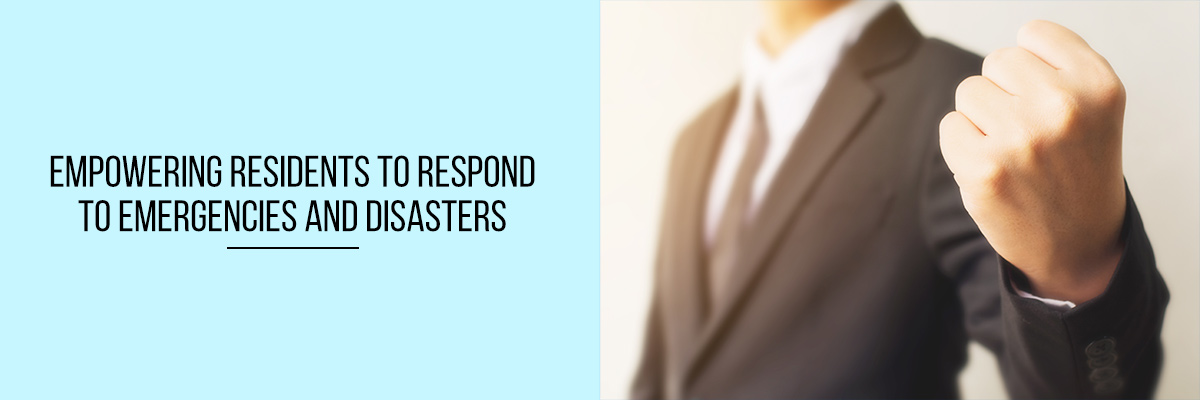Disasters and emergencies can occur anywhere and at any time, without warning. Whether it is an earthquake, flood, terrorist attack or, chemical spill, any type of emergency or disaster causes disruption in affected areas that lasts for days, weeks, months, or even years. The federal government and administrations at the state and local level do provide assistance in case of disasters and emergencies, but the escort team may be affected by the disaster or may not be equipped to reach immediately to people in need. The aid may take days to arrive. That is the reason why the individuals or residents must prepare themselves ahead of time to sustain their basic needs like first aid, food, water, sanitation, and shelter.
Role of Local Health Department in Addressing Emergencies and Disasters
The local health departments should play an essential role in sustaining overall community resilience and individual readiness when addressing disasters or emergencies. The local health department staff can engage in outreach to offer education and enhance awareness of disaster or emergency risks for the individual and families residents making up the areas they serve. Also, they can provide individuals with direction on how to prepare, guiding them to the available accessories and community resources at their disposition. The local health department staff can improve engagement in readiness education and pursuits by highlighting it as an opportunity for people to diminish the impact that destructive occurrence can have on their families, neighbors, and the entire community.
Steps to Train Residents to Respond to Emergencies and Disasters
The local health departments should focus on three fundamental steps while training residents on efficiently preparing themselves for a disaster or emergency.
The first step is to inform about which events are most likely to affect a particular area, and which measures can be taken to alleviate the dangers brought by the particular situations, including how to get information from local officials during an urgency.
The second step is to form a disaster plan that outlines what to do in case of a disaster or emergency. For instance, families should schedule a time to evaluate what each family member will need to do in case of an emergency occurring while the family member is at home, school, or work. Next, it is crucial to organize a family meeting place, and all the family members must follow executing the plan on a regular basis. People may need to formulate separate plans addressing particular settings like home, school, business, or workplace, and family members with access and functional requirements like individuals with pets, disabilities, older adults, or young children.
The third step is to assemble a disaster kit that carries up to three days’ worth of emergency stocks for all family members in case emergency response employees are unable to assist for an extended period of time.
Final Words
Beyond encouraging the general public to equip themselves, the local health departments are in a position to enhance protections for the most helpless populations in the areas they serve.
To know more about how to empower residents to plan for potential emergencies and disasters, attend the Compliance Prime webinar.


